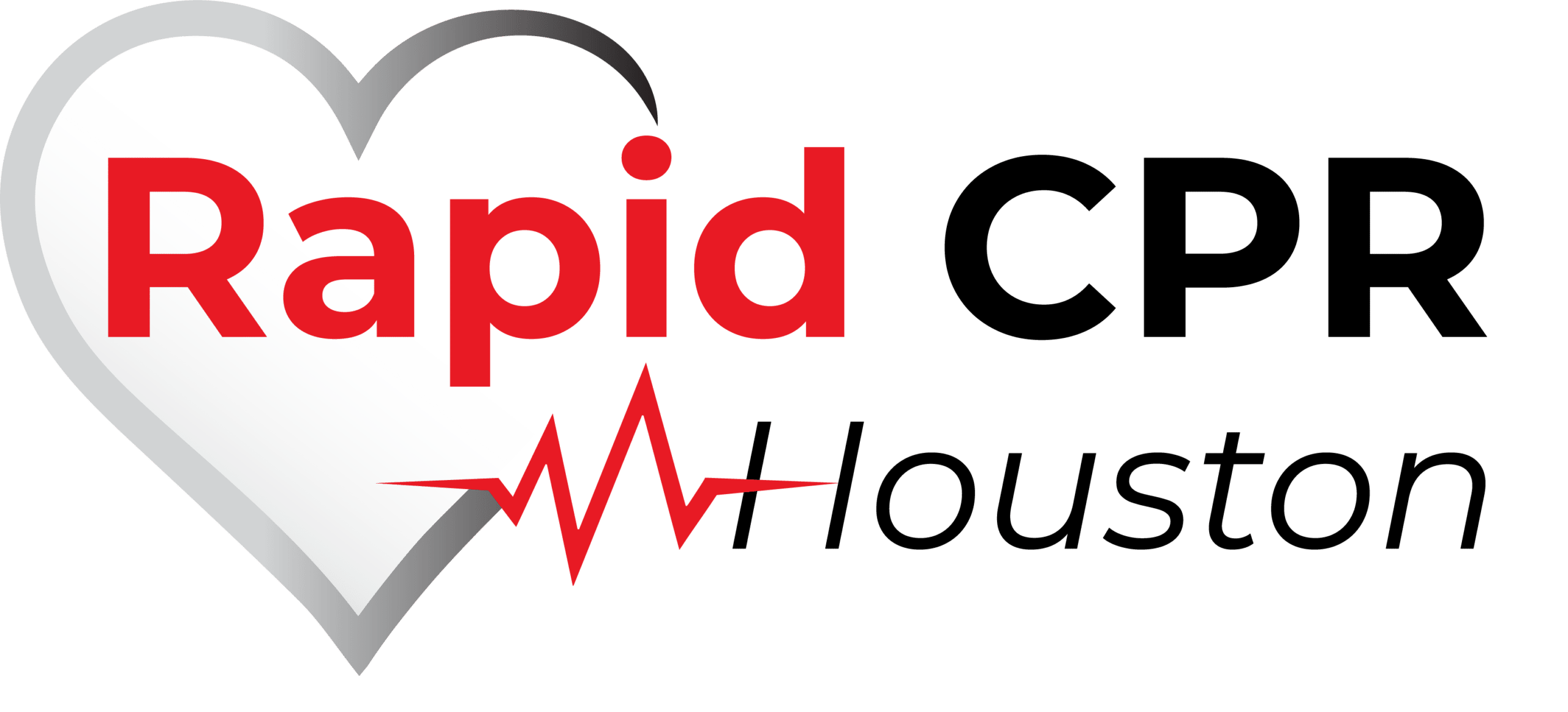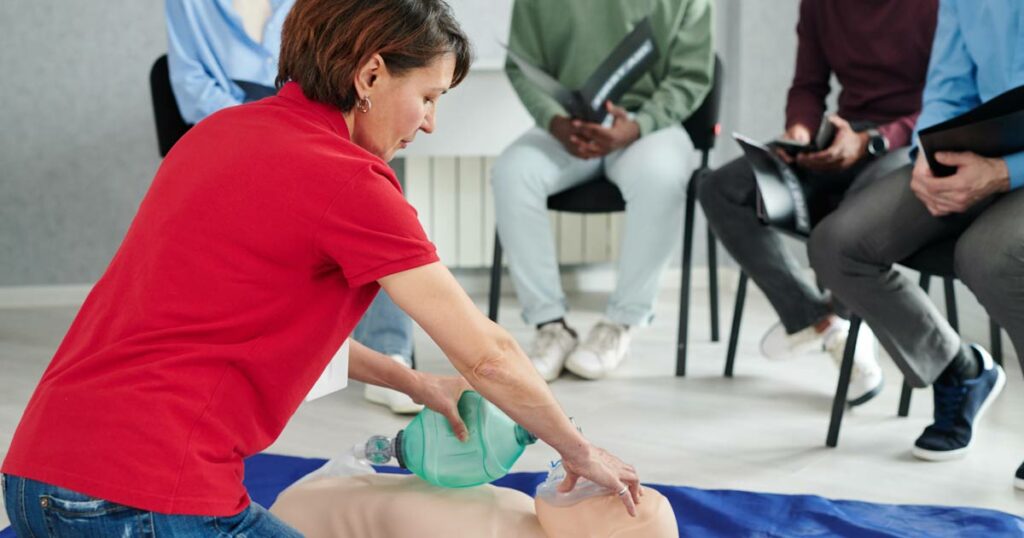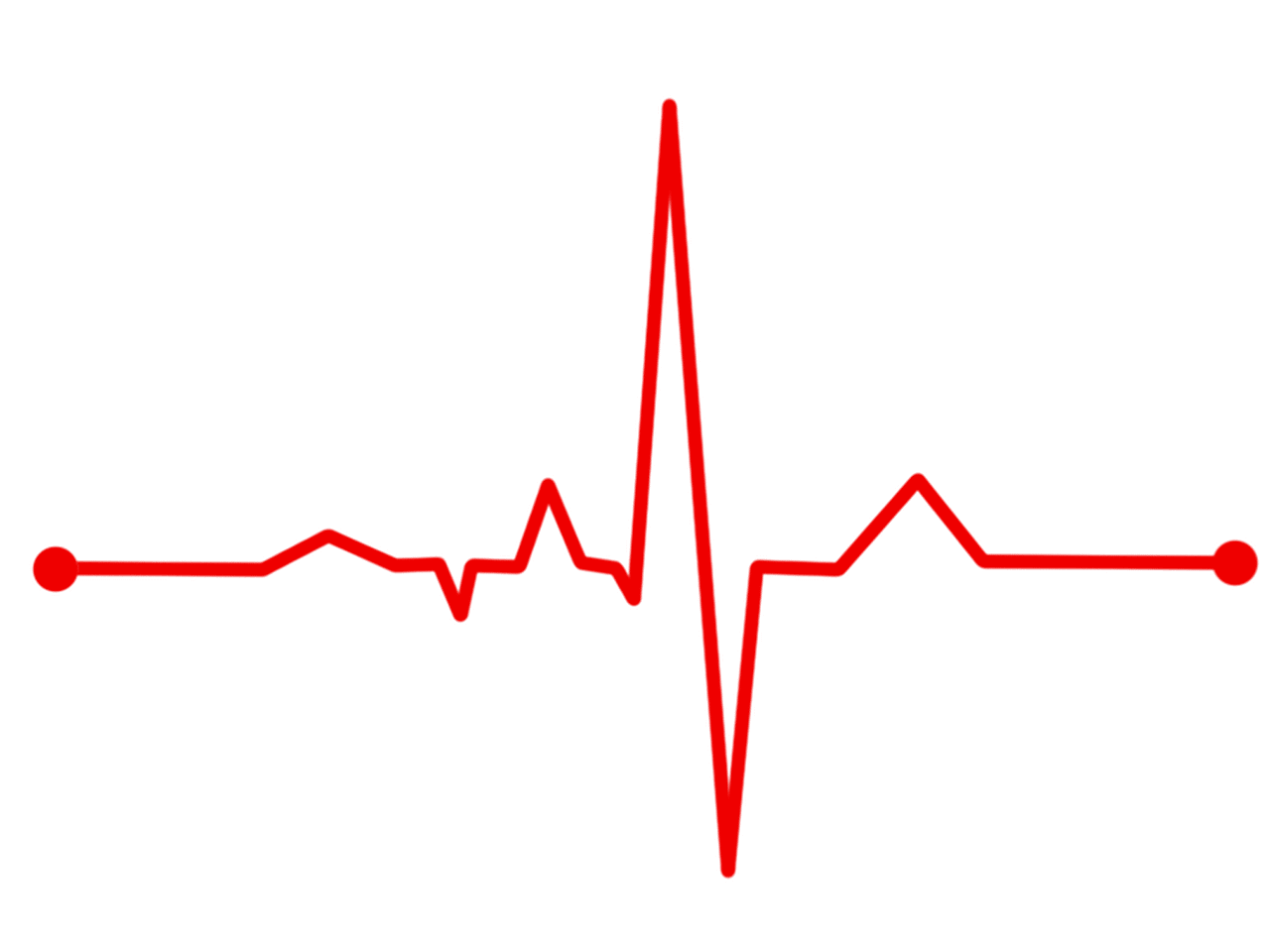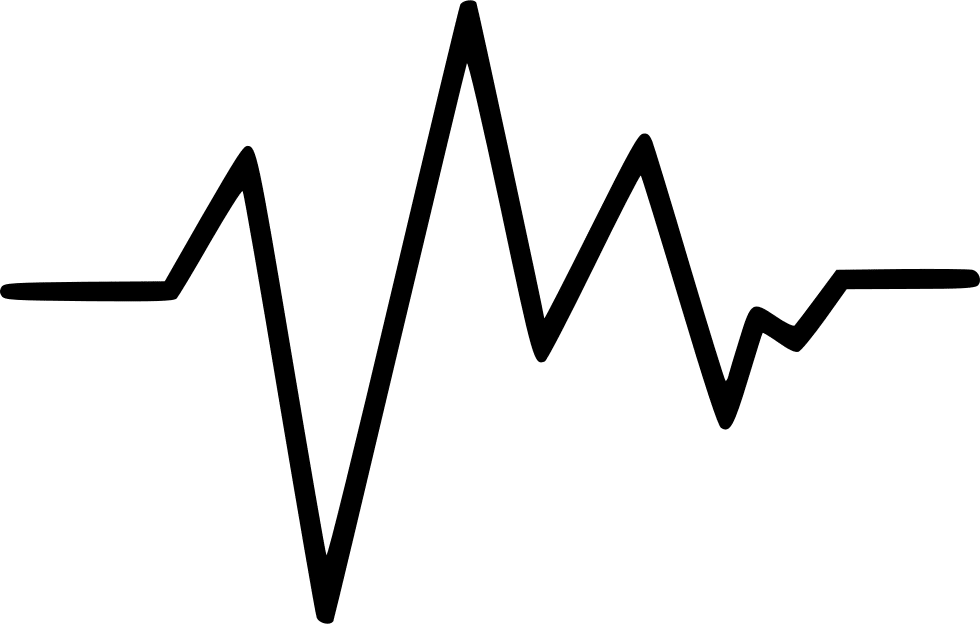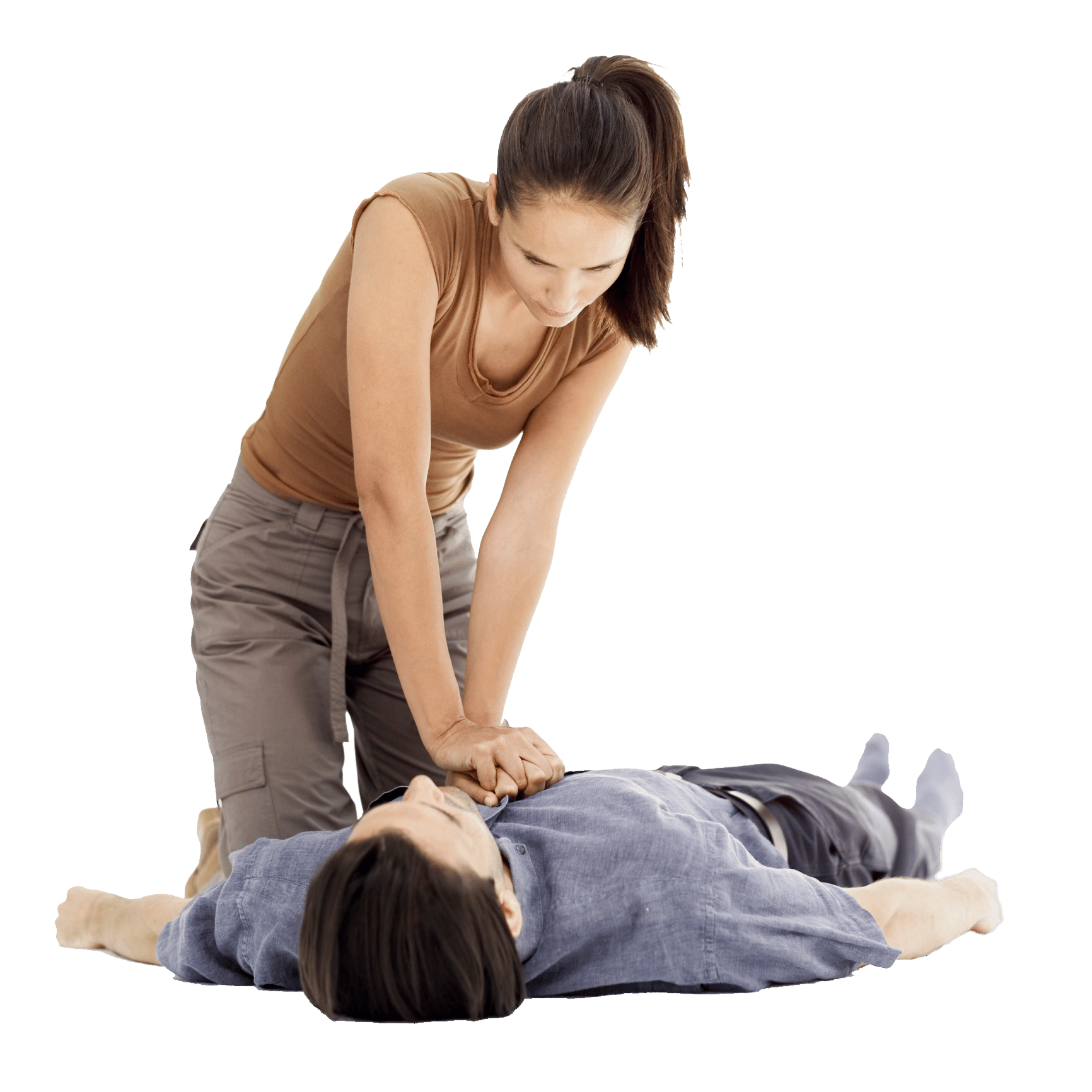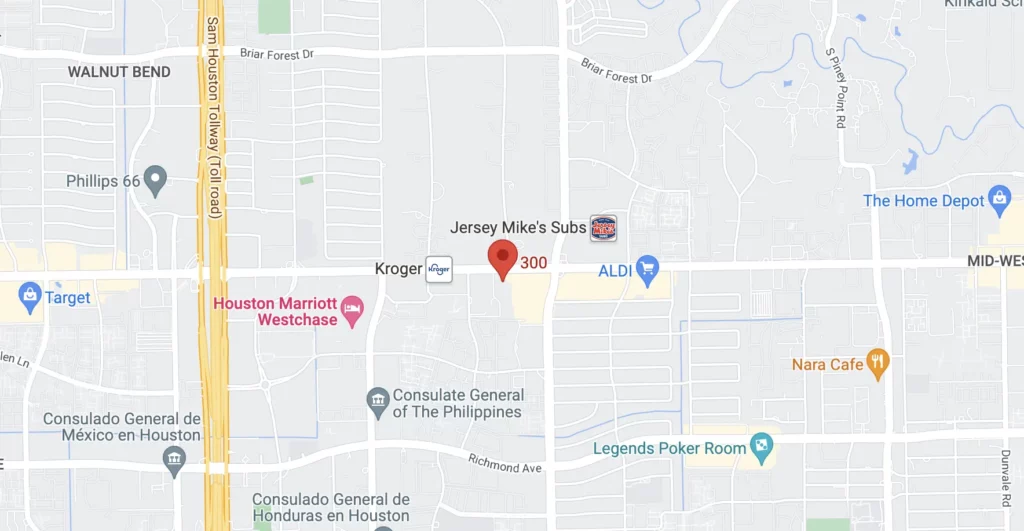CPR and AED Training
for Various Industries
In today’s fast-evolving workplace environments, the need for industry-specific CPR and AED training has never been more crucial. Each industry comes with its unique risks and emergency response requirements, making generic training programs insufficient.
At Rapid CPR Houston, we understand that the specific nature of your job can significantly influence the type of emergency situations you might encounter. Therefore, we offer customized CPR and AED training courses that cater directly to the needs of various industries such as healthcare, construction, education, and hospitality. This tailored approach not only ensures compliance with industry standards but also enhances the effectiveness of emergency response, ultimately saving lives and increasing safety and confidence among employees.
Join us as we delve into the significance of industry-specific training and how it shapes the preparedness landscape across different sectors.
Sector-Specific Needs in CPR and AED Training
Understanding the distinct requirements of various industries is crucial when devising effective CPR and AED training programs. In professional settings, the likelihood of certain types of emergencies occurring can significantly differ, affecting the specific skills that employees need to be proficient in.
For example, in healthcare settings such as hospitals and dental offices, professionals may frequently face life-threatening emergencies, such as cardiac arrests or severe allergic reactions. Here, the training not only focuses on the use of AEDs but also on maintaining cardiac life support protocols that go beyond basic CPR techniques.
Conversely, in a corporate office setting, emergency scenarios like sudden cardiac arrest may be less common but preparing employees for such incidents through basic CPR and AED training still plays a critical role in workplace safety.
CPR and AED Training Adaptations for High-Risk Industries
In industries known for high-risk environments, such as construction and manufacturing, workers are not only at risk of mechanical injuries but also of incidents that could lead to sudden health crises such as heart attacks. For these sectors, CPR and AED training becomes not just a matter of compliance, but a crucial element of occupational safety.
Training sessions for such industries are often more rigorous and frequent, incorporating simulations of realistic scenarios that workers might face. These training programs are tailored to help employees overcome the unique challenges of performing CPR and using AEDs in less-than-ideal conditions, such as noisy or confined spaces.
Moreover, because of the physical nature of these jobs, training also emphasizes quick response actions, as delays in such environments can quickly escalate the severity of the situation. Including modules on communication and coordination with on-site medical teams also helps in efficiently managing the aftermath of an emergency until professional medical help arrives.
Customized Approaches for Public-Facing Staff
Employees in the retail, hospitality, and education sectors often deal directly with the public, which includes vulnerable groups like children and the elderly. In these environments, CPR and AED training must be sensitive to the characteristics of these diverse groups.
For instance, educators and school staff are trained not only in adult CPR but also in pediatric and infant CPR, considering their daily responsibility for children. The training for these workers often includes components on managing choking, as well as recognizing and responding to signs of anaphylaxis, a common emergency in school settings due to food allergies.
In hospitality, where staff frequently interact with international visitors possibly speaking different languages, CPR and AED training might also encompass skills for managing emergencies in a culturally and linguistically diverse context. This could involve learning to provide clear instructions or calming distressed bystanders until emergency responders arrive.
Technology and Training Integration for Enhanced Preparedness
As technology evolves, so does the approach to emergency training. Virtual reality (VR) and augmented reality (AR) are becoming part of the training environment, offering realistic, immersive scenarios that enhance learning outcomes without the real-world risks.
Industries that involve complex or hazardous equipment, such as oil and gas extraction, are increasingly incorporating these technologies into their training protocols. VR simulations can mimic specific site conditions that are otherwise difficult or dangerous to reproduce in a real-world training session. This not only ensures that employees are prepared for emergencies that are unique to their working conditions but also helps them practice in a safe, controlled environment.
Moreover, integration of technology extends to training administration. Advanced tracking systems help ensure that all employees are up-to-date with their training requirements, and digital platforms can offer refresher courses accessible at any time, reinforcing learning and ensuring that when the need arises, employees’ skills are sharp.
Ensuring CPR and AED Training Compliance
with Legal and Industry Standards
Lastly, a significant aspect of tailoring CPR and AED training involves adhering to local laws and industry regulations. Compliance is not just about legality; it underpins the safety and effectiveness of the training provided. Each industry may be guided by specific regulations that dictate the frequency, nature, and scope of the training required.
For example, OSHA guidelines provide a basis for many U.S. industries but additional standards may apply in sectors like maritime, aviation, and healthcare. Staying updated with these requirements not only helps organizations avoid penalties but also ensures that the training content meets the highest standards of relevance and effectiveness.
Training providers like Rapid CPR Houston play a key role in this aspect by keeping abreast of the latest developments in legal and industry standards and adapting their CPR and AED training offerings accordingly. This proactive approach guarantees that businesses not only meet their legal obligations but also equip their staff with the confidence and skills to handle emergencies effectively.
Enhance Safety and Compliance with Tailored Training
At Rapid CPR Houston, we recognize that each industry faces unique challenges and risks that require specialized preparation for emergency situations. Industry-specific CPR and AED training not only meets compliance standards but sets a foundation for a safer workplace, ensuring that all employees are proficient and confident in their abilities to respond to emergencies. Our customized training programs are designed to align with the specific needs of your industry, enhancing the overall effectiveness of your emergency response strategies.
Don’t wait for an emergency to reveal the gaps in your preparedness. Partner with us today to empower your team with the skills that save lives. Call us to learn more about our tailored CPR certification and AED training courses and to schedule a session for your organization. Together, we can build a safer and more responsive environment.
